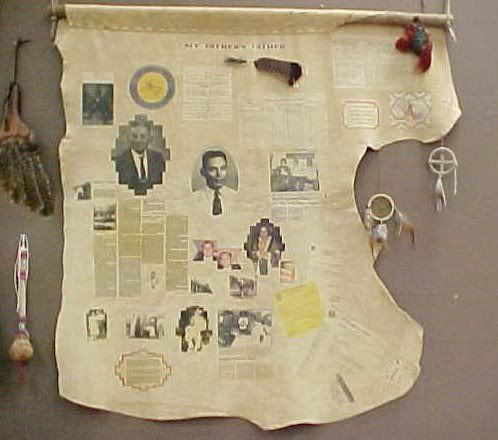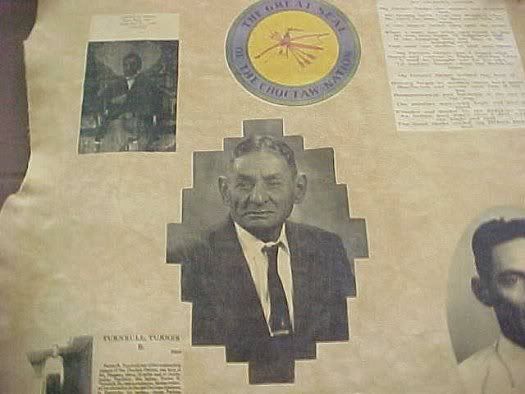CHOCTAW REMOVAL
Andrew Jackson was the first U.S. President to implement removal of the Native Americans with the passage of the Indian Removal Act of 1830. In 1831 the Choctaw were the first to be removed, and they became the model for all other removals. After the Choctaw, the Seminole were removed in 1832, the Creek in 1834, then the Chickasaw in 1837, and finally the Cherokee in 1838.
Secretary of War Lewis Cass appointed George Gaines to manage the removals. Gaines decided to remove Choctaws in three phases starting in 1831 and ending in 1833. The first was to begin on November 1, 1831 with groups meeting at Memphis and Vicksburg. The Choctaw were instructed to leave everything, their belongings and crops and they would be furnished guns and ammunition for hunting and land allotments in the new Indian Territory, so the Choctaw people were unprepared for what ensued.
A harsh winter would batter the emigrants with flash floods, sleet, and snow. Initially the Choctaws were to be transported by wagon but floods halted them. With food running out, the residents of Vicksburg and Memphis were concerned. Five steamboats (the Walter Scott, the Brandywine, the Reindeer, the Talma, and the Cleopatra) would ferry Choctaws to their river-based destinations.
The Memphis group of Choctaws traveled up the Arkansas for about 60 miles (97 km) to Arkansas Post. There the temperature stayed below freezing for almost a week with the rivers clogged with ice, so there would be no travel for weeks. Food rationing consisted of a handful of boiled corn, one turnip, and two cups of heated water per day.
Forty government wagons were sent to Arkansas Post to transport them to Little Rock. When they reached Little Rock, Choctaw chief (thought to be Thomas Harkins or Nitikechi) quoted to the Arkansas Gazette that the removal was a "trail of tears and death." The Vicksburg group was led by an incompetent guide and was lost in the Lake Providence swamps.
Nearly 15,000 Choctaws made the move to what would be called Indian Territory and then later Oklahoma. About 2,500 died along the trail of tears. Approximately 5,000–6,000 Choctaws remained in Mississippi in 1831 after the initial removal efforts.
I made a wall hanging of my Choctaw heritage using brain-tanned elkskin. It is hanging in my home. My brother requested one like it..so I ended up making one for him and my children. I entitled it “My Father’s Father” after a poem my aunt wrote for her father (my grandfather):




4 comments:
i'm learning so much thru you Char...i'm coming back in here again and again
Char, you are so incredible, you should be spotlighted! I am tagging you. See my Feb. 16 post on my blog for an explanation of the tagging game!
Adrie, thank you for your comment. I am happy that you feel you are learning from me. I feel that I owe it to my Grandfather (and Grandmother), whom I loved dearly, to pass on the Choctaw and other Native American heritage and culture.
I also feel it is a mission that God gave to me when he chose me to be Choctaw. As you can tell, I am Choctaw and proud of it!
Deb, thank you for your comment. I will check out your post and see if I can figure out how to play "Tag".
I'm a little old to be playing tag as I remember how I played it as a child. But, you are a special friend and I'll try. Char
Post a Comment